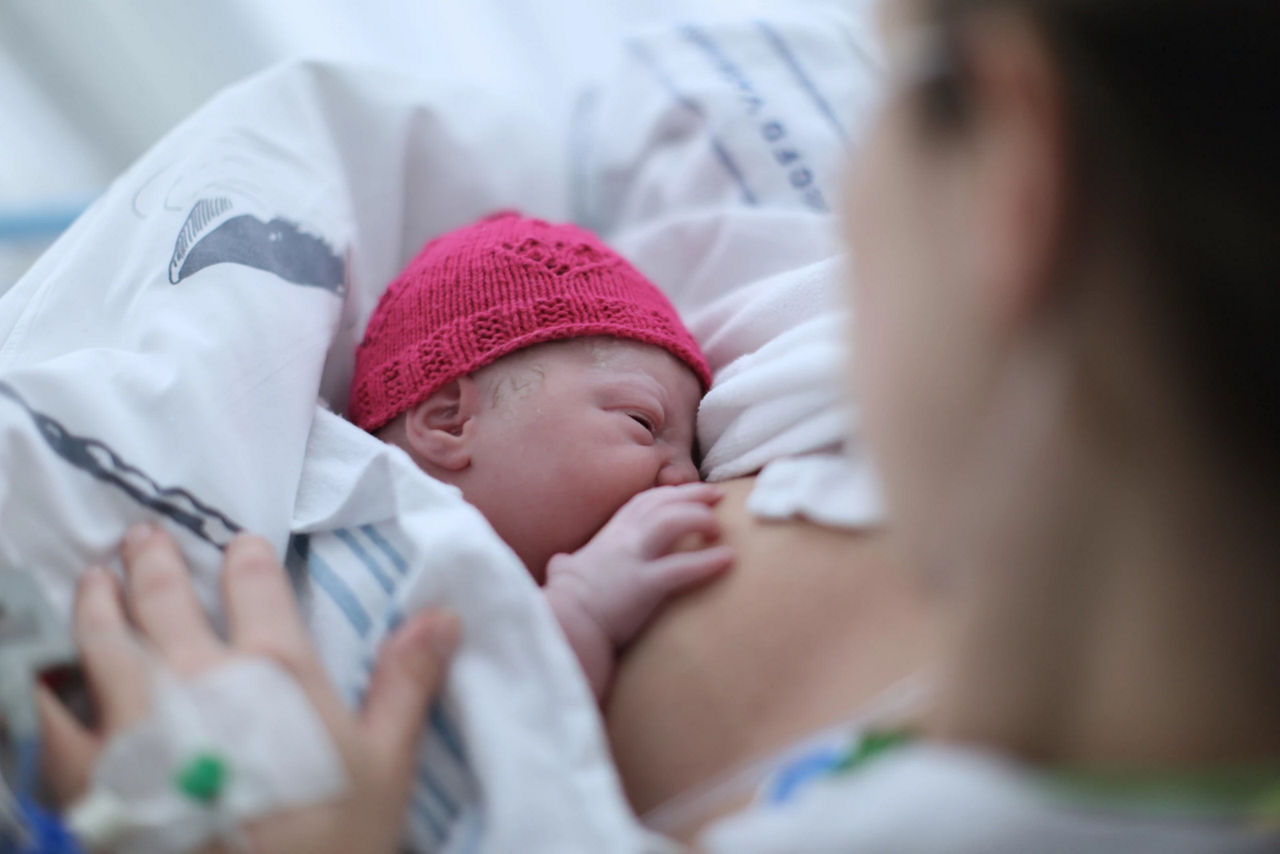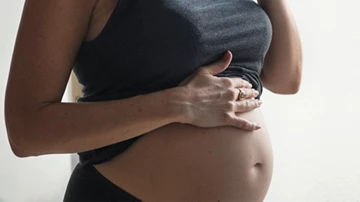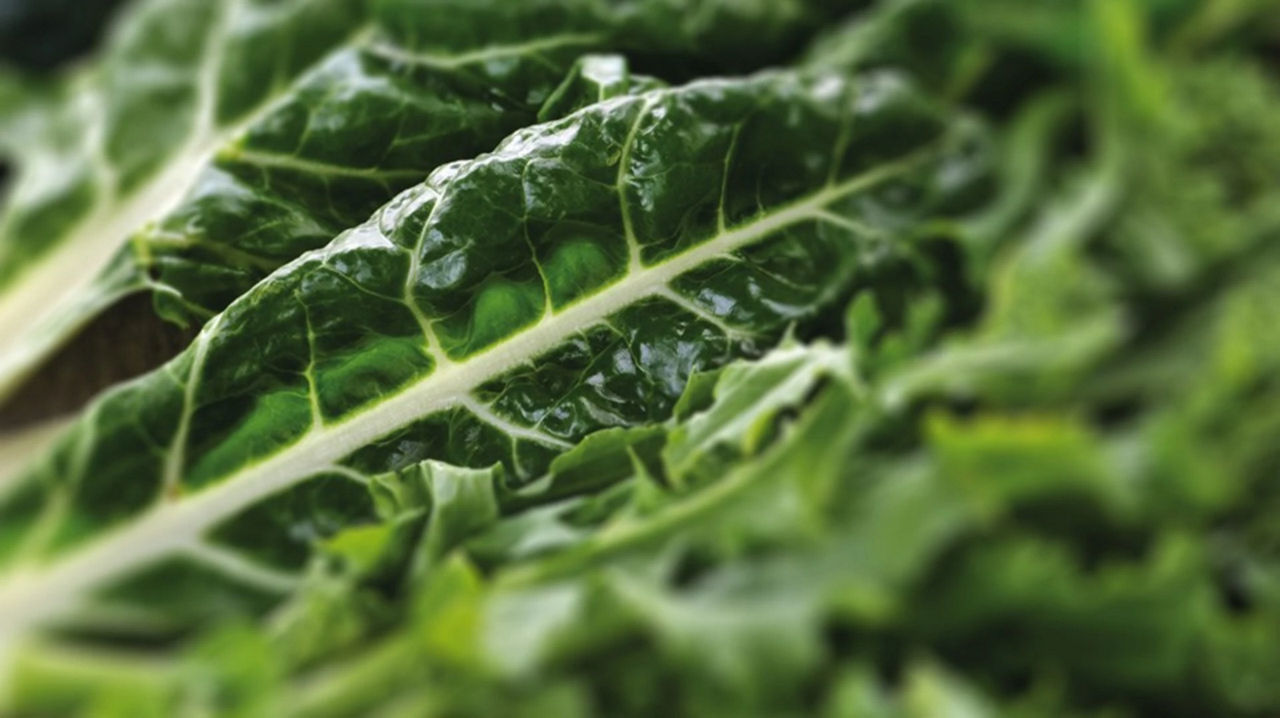- There is no preparation for your breast physically – you do not need to use creams or toughen up your nipples. Just remember that whatever the size, shape or angle of your breast you can still breastfeed.
- Inform yourself about breastfeeding before you start. attend ante-natal classes, chat with your midwife/Public Health Nurse, visit/join a local breastfeeding support group and talk to other Mums, read or go online and get to know the basics of feeding before you start.
- What do you need to buy? A couple of feeding bras, easy access pyjamas, breastpads and lanolin cream to apply after feeding. It is not necessary to buy bigger items like breastpumps or feeding pillows before you begin as you may not need or use them. Decide on these when you get home.
- Feed as soon as possible after delivery, preferably within the first hour as baby is very alert at this time and have skin to skin contact. Laid-back feeding is very comfortable after delivery and creates that first bonding experience with your baby.
- Ask the midwife to help you for the first few feeds and if the lactation advisor is available ask her to visit and speak with her too. Practice makes perfect!
- Room in with your baby and feed on demand. Keeping baby close for these early days is important to get milk supply established. It is normal for your baby to feed 8-12 times per day to get started. Your newborn baby’s stomach is the size of a marble so nature intended early feeds to be small and frequent.
- Avoid giving any bottles or pacifiers as this can confuse baby. The sucking technique is different for both and can lead to nipple confusion.
- Follow a healthy diet including 1-2 portions of oily fish for healthy fats. These will support your baby’s brian and eye development and dairy products which will supply calcium.
- Drink at least 8 glasses (2 litre) of fluid every day (water is the best option).
Always break the latch at the end of a feed even if baby has stopped sucking and is asleep
- Always break the latch at the end of a feed even if baby has stopped sucking and is asleep as this can cause damage to you nipple and tenderness. If feeding is painful throughout the feed then stop, get help and start again. Other than mild tenderness at the beginning of a feed, pain when feeding, means that baby is not attached correctly.
- When you get home Sleep when baby Sleeps, together preferably. It can take time to get milk established so give yourself and your baby that time to learn this together
- Ask for help and support from your partner, family, friends, PHN and local breastfeeding group. These are the people who can help you and your baby to continue breastfeeding and overcome any issues (if any) you may have along the way.
Finally remember to relax and enjoy your breastfeeding journey. This is a very special time and bond between you and your baby.
Contact our Careline if you would like any advice on breastfeeding your baby.





